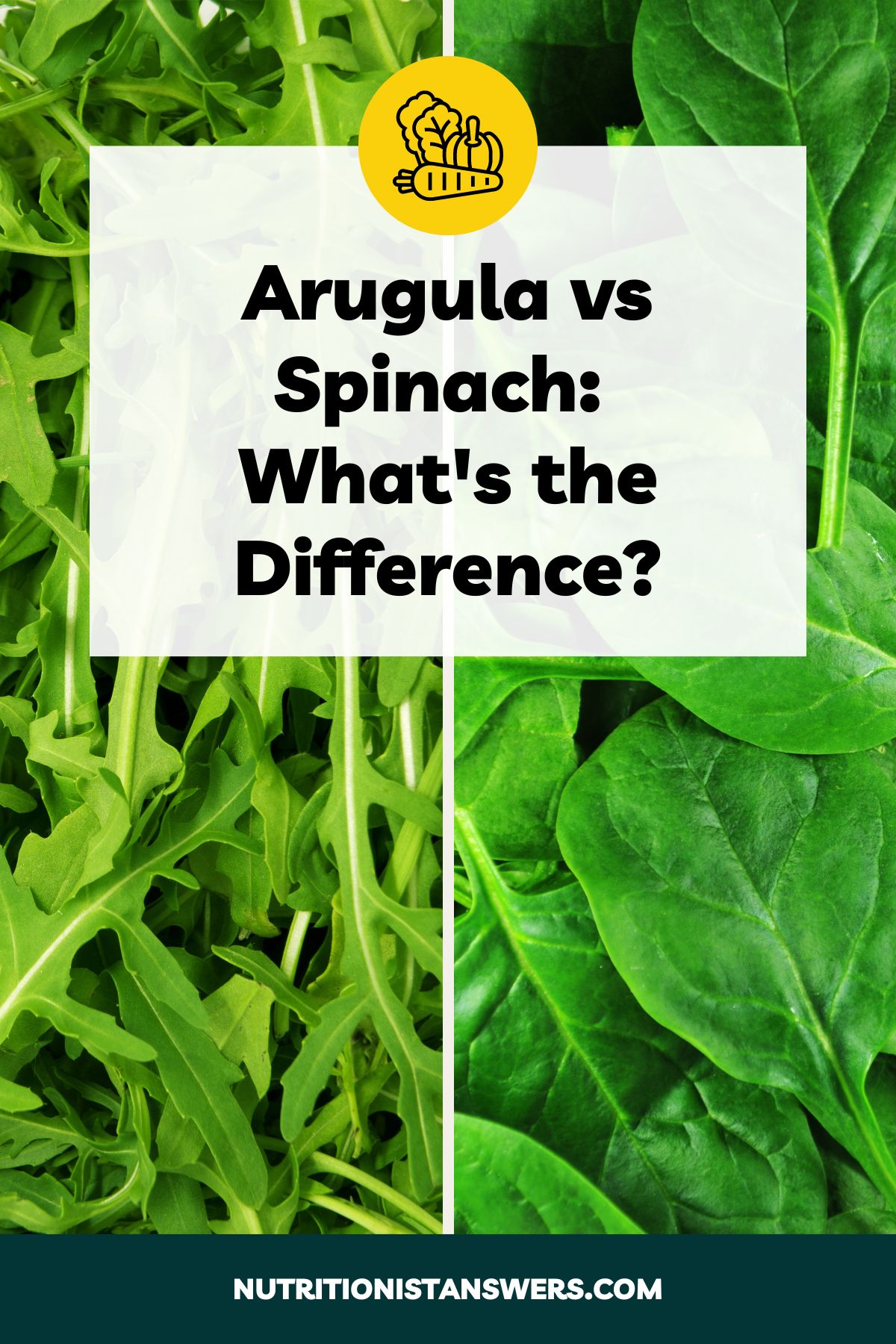Arame, deemed the “seaweed for beginners,” is a mild-tasting sea vegetable commonly used in Asian cuisine. In the United States, you might see arame at health food stores and Asian markets.
This delicate, string-like kelp from Japan is not only delicious, but it’s also packed with lots of essential vitamins and minerals, especially iodine.
Let’s explore arame — its distinctive flavor, impressive nutritional profile, and the many ways you can incorporate it into your diet.

What is arame?
Arame (Eisenia bicyclis) is a type of brown algae (also called seaweed) that belongs to the Laminariaceae (kelp) family and grows along the mid-Pacific coastlines of Korea, Japan, and China (1).
Most arame is harvested by hand off the shores of Ise-Shima, Japan (also called the Shima Peninsula). After harvesting, it is sun-dried, then washed, steamed, and shredded into thin strands before being air-dried and packaged (2).
Dried arame is dark brown and crunchy, with a shape similar to dried vermicelli noodles or saffron threads. When rehydrated, arame takes on a darker (almost black) color and softer, chewy texture.
What does arame taste like?
Arame tastes slightly sweet but is very mild compared to other types of seaweed. It is considered an ideal choice for “beginners” who are just starting to incorporate sea vegetables into their diets.
When rehydrated, arame has a firm, chewy texture that can be enjoyed in a variety of dishes.
Arame nutrition
Arame is low in calories, protein, and fat, while providing a small amount of carbohydrates and fiber.
Here’s a more detailed breakdown of arame nutrition:
Calories & Macronutrients
Here’s the macronutrient content for ¾ cup (10 grams) of dried arame (3):
- Calories: 30
- Carbohydrates: 7 grams
- Fiber: 1 gram
- Protein: 1 gram
- Fat: 0 grams
Vitamins and minerals
Here’s the vitamin and mineral content for dried arame, based on a ¾-cup (10-gram) serving size (3, 4):
- Iodine: 4,000 mcg (2667% DV)
- Magnesium: 460 mg (110% DV)
- Calcium: 100 mg (8% DV)
- Iron: 1.4 mg (8% DV)
- Riboflavin: 0.07 mg (5% DV)
- Sodium: 125 mg (5% DV)
- Potassium: 131 mg (3% DV)
Like many other seaweeds, arame is exceptionally high in Iodine, a mineral that’s necessary for thyroid hormone production and helps prevent goiter (an enlarged thyroid gland) (4).
With 4,000 mcg of iodine per 10-gram serving, arame offers about 26 times more iodine than the Daily Value (DV) and exceeds the upper limit for iodine by 2,900 mcg (4, 5).
Consuming too much iodine from food or supplements can eventually lead to thyroid problems, such as hypothyroidism, hyperthyroidism, or Hashimoto’s thyroiditis (an autoimmune disorder) (6).
However, it is estimated that people in Japan regularly consume more than the upper limit for iodine (around 1,000-3,000 mcg of iodine per day) without adverse effects (7).
If you’re concerned about consuming too much iodine, try boiling arame for at least 15 minutes before using it. Seaweed can lose up to 99% of its iodine content when boiled (7).
Arame also provides more than 100% of the DV for magnesium, along with smaller amounts of calcium, iron, riboflavin, and potassium.
With only 125 mg of sodium per serving, arame is considered a low-sodium food, making it an excellent choice for people following low-sodium diets (8).
Antioxidants
Among seaweeds, arame has one of the highest levels of antioxidant activity (9).
Antioxidants are compounds that help the body fight off free radicals, which can cause cell damage and may increase the risk of cancer and heart disease (10, 11).
Some of the main antioxidants found in arame are called phlorotannins, a group of seaweed-based compounds that lower inflammation and may help protect against cancer (12, 13).
Where to buy arame
Arame can be found at Asian food markets, health food stores, and occasionally in the international foods aisle at supermarkets.
You can also purchase arame online. Here are some of the most popular arame products on Amazon:
How to store arame
Arame should be stored in an airtight container in a cool, dark location such as a pantry or cabinet. If properly stored, dried arame can stay fresh for at least one year.
Rehydrated or cooked arame can be kept in the refrigerator and used within a few days.
How to prepare arame
Arame is sold in its dried form. While it’s safe to eat dried arame, most people choose to rehydrate arame in water before eating it or using it in recipes.
To rehydrate, submerge dried arame in a bowl filled with warm water and let it sit for 5 minutes or until it reaches the desired texture. Drain the arame, then rinse with cool water, and drain again.
Depending on how you are using the arame, you may also want to gently squeeze out any excess water before serving.
Ways to use arame
Arame’s mild flavor and versatility make it a delightful addition to various dishes. Here are some ideas for incorporating arame into your cooking.
1. Soups and salads
Arame can enhance the nutritional profile of soups and salads while also introducing a unique flavor and texture that makes them more exciting.
In soups, arame can be added during the last few minutes of cooking, providing a noodle-like texture and infusing the broth with its subtly sweet flavor. It pairs perfectly with ingredients like miso, tofu, mushrooms, and green onions.
For salads, rehydrated arame can be tossed with other vegetables like shredded carrots, daikon radish, edamame. To top it all off, use a dressing made with a combination of soy sauce, vinegar, and sesame seed oil.
2. Vegetable stir-fry
The next time you’re making a vegetable stir-fry, consider tossing in some rehydrated arame for an extra boost of flavor and nutrients.
Arame pairs exceptionally well with vegetables like bell peppers, broccoli, and bok choy, and can be tossed into a hot pan along with a drizzle of sesame oil and a splash of soy sauce for a quick, nutritious, and flavorful stir-fry.
3. Noodle and rice dishes
When added to noodle and rice dishes, arame adds an undercurrent of mild sweetness and a firm and chewy texture that stands out against softer ingredients like soba noodles and white rice.
In noodle dishes, the seaweed can be rehydrated, lightly sautéed, and then tossed with soba or udon noodles, perhaps with the addition of ingredients like ginger, garlic, and green onions.
For rice dishes, arame can be tossed with cooked rice—either white or brown—alongside ingredients like shiitake mushrooms, carrots, or peas, bringing an intriguing contrast of flavors and textures to the simple grain.
Final thoughts
Arame, a type of brown algae (aka, seaweed), has a subtly sweet flavor and firm, noodle-like texture. It is sometimes referred to as “seaweed for beginners” due to its mild, unoffending taste.
Like other seaweeds, arame boasts an impressive nutrition profile, offering a significant amount of iodine and magnesium, along with smaller amounts of other vitamins and minerals.
Arame seamlessly blends into a variety of dishes, from soups and salads to vegetable stir-fries and noodle or rice dishes, enhancing their nutritional value while adding a unique flavor.
Amy Richter is a Registered Dietitian Nutritionist based in Missouri. She is an experienced nutrition writer and medical advisor for Healthline and Medical News Today. Amy is passionate about all things food-related and enjoys translating complex science into easy-to-understand articles.




